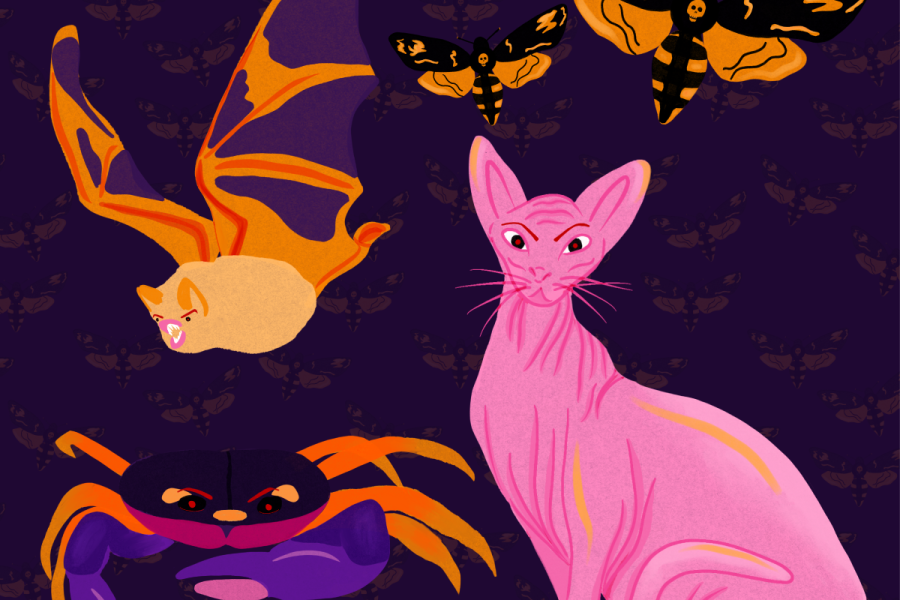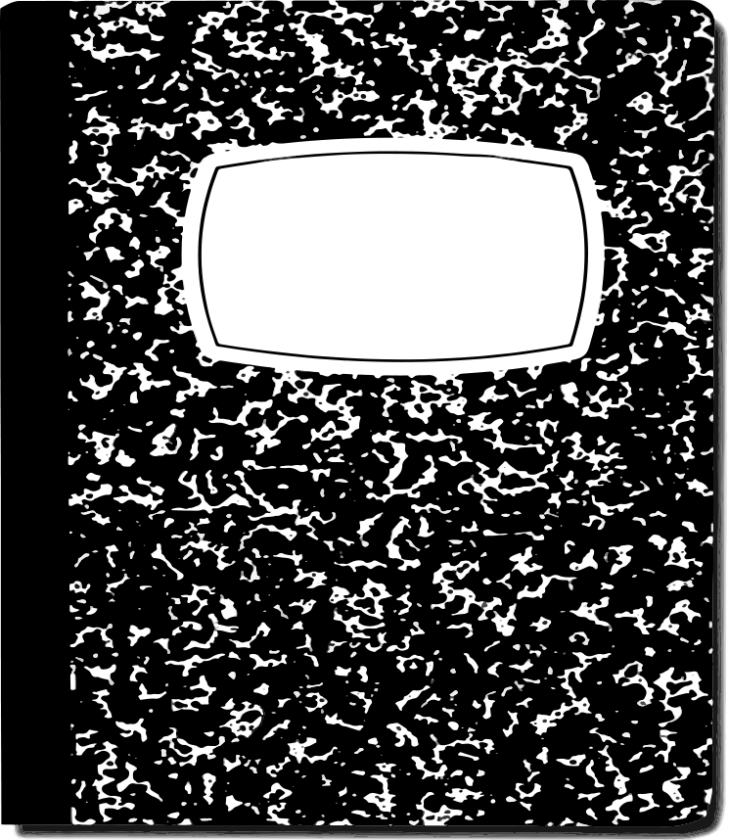Phrenology and physiognomy are two distinct pseudoscientific practices. Phrenology attempts to establish a connection between cognitive ability, as well as the size and shape of a person’s skull. In contrast, physiognomy focuses on scrutinizing individuals’ facial features as a basis for making assumptions about their character or personality.
These pseudosciences have contributed to the perpetuation of ingrained values in society. For example, high-brow is associated with prestige, while thick-skulled is often linked to a lack of intelligence. Even when these pseudoscientific ideas are debunked, they can still gain traction if they become widely popularized.
The internet really is the World-Wide Web, forming connections of people hundreds of miles away over games, ideas and interests. It hasn’t been around for long, but we’ve seen the impact the internet has made. It’s been a mixed bag, popularizing innovative and helpful knowledge while also being a breeding ground for germinating and spreading hate and harmful ideas.
Some have looked into the mechanisms of this spread. An article published by the Asian Journal of Philosophy explores a wider idea of toxicity. “We argue that a combination of technical features, such as the algorithmically curated feed structure, and social features, such as the absence of stable social-epistemic norms of posting and sharing in social media, is largely responsible for the unchecked spread of epistemically toxic content online,” the article stated.
Some avid internet users might have heard about infamous websites known for their toxic user base, particularly 4chan. As a toxic website, it is known to propagate hateful ideas, values and activities across the internet.
This is where the phrase physiognomy check originates. This practice involves intentionally popularizing a recognized pseudoscience.
Humor based on 4chan is often toxic, not because of what it is saying seriously, but because of what it is saying as a joke. This idea of irony poisoning refers to normalizing extremist ideas or slogans, often presented in jest.
These jokes are usually intended to elicit a reaction without reflecting the person’s actual beliefs. However, when these jokes are normalized, they can become partially true. If someone looks and acts a certain way, there may be some truth to the associated stereotypes. This is a part of irony poisoning. The normalization of harmful ideas can lead to the spread of toxic beliefs.
Another concept which gained popularity on 4chan is the incel—or involuntarily celibate—mentality. “Self-proclaimed incels often blame society and their genetics for not being successful in romantic endeavors,” CBC News stated.
Research done by criminologists and sociologists highlighted that “the threat posed by these groups isn’t being taken seriously enough,” according to CBC News.
According to a Slate article by Christina Cauterucci, this online community gave rise to various ideas, terms and attitudes, some self-deprecating and socially isolating to those observed. “These insular communities have developed an in-group lingo that’s tricky for outsiders to parse,” Cauterucci wrote. “When a community that’s highly anonymous, decentralized, and often contradictory becomes fodder for memes, which are easily stripped of their provenance and edit history, it becomes extremely difficult for observers to understand and contextualize what they’re seeing.”
This makes it hard to track and measure the movement of images and memes which are rooted in the misogynistic subculture.
What initially emerged as a fringe subculture has the potential to spread to more prominent and potentially harmful online trends. Look at figures like Andrew Tate and the rise of self-proclaimed alpha male podcasts which promote anti-feminist ideologies.
This group employs photos and memes to further the idea that incels do not possess the physical attributes associated with a Chad and, as a result, face difficulties in the dating world. This leads to their self-identification as incels.
When people say they looked like someone who would do XYZ, this judgment is based purely on looks ascribing attributes to physical characteristics. This isn’t just based on beauty and sexism, but also proliferates the normalization of stereotypes and racism, often ascribed values based on ethnic and visible features.
These memes travel across the internet, the social media sites which people don’t think critically about but are still affected by them. Once this humor and these images are normalized, it’s seen as spaces where people compare themselves and others to the standards displayed in the polarized lenses of attractive and unattractive, weak or strong, smart or stupid, etc.
Trends and categories are emerging on platforms like TikTok, where phrenology and physiognomy concepts are making their way into face filters. These filters allow users to visually compare themselves to the criteria presented by these pseudosciences, and—in a playful or entertaining manner—have their physical characteristics assessed as indicators of their character or intelligence.
These trends have infiltrated the prevailing physical beauty culture. They involve the measurement and assessment of facial features, similar to the concepts found in the incel community, where one’s looks are seen as indicative of their weaknesses and strengths. The minuscule differences in centimeters can be considered significant factors influencing one’s perceived success in these contexts.
The canthal tilt refers to the angle at which the corners of a person’s eyes are positioned, either tilting up or down. On TikTok, there’s a filter which visually demonstrates this concept. Typically, this filter is associated with questions about attractiveness and the attempt to quantify this attribute.
It introduces the notion of hunter and prey eyes. If someone’s eyes tilt down toward their nose and have a sharper or squared shape, they are often categorized as having hunter eyes, which is linked to being quantifiably more attractive and dominant.
Conversely, if a person’s eyes tilt up toward the bridge of their nose and are rounded with a more open appearance, they are referred to as having prey eyes, which is associated with being seen as less attractive and weaker.
Another TikTok facial filter is the 33-33-33 filter, splitting the face into three segments and measuring facial symmetry. While some people interpret it as being mid, since it’s supposedly the average, many people use the filter to see if they have the most beautiful face symmetry. What is interesting is the professionals commenting on this trend.
Orthodontists and plastic surgeons are frequently discussing the use of facial filters within their profession. This raises the question of why reputable fields engage with pseudoscientific concepts and what this implies for the facial reconstruction industry.
While phrenology and physiognomy are pseudosciences, it’s worth considering how much such thinking influences our society. It opens up the opportunity for further exploration of these ideas and the view of their validation within broader society.
Exploring beauty standards prompts us to contemplate what it means to conform to them, and conversely what it means to deviate from them. To delve deeper into this issue, we must consider other factors like race, gender and age, as these elements are often visible in a person’s presentation. We must explore how we continue to perpetuate and judge external appearance with internal qualities and traits.






